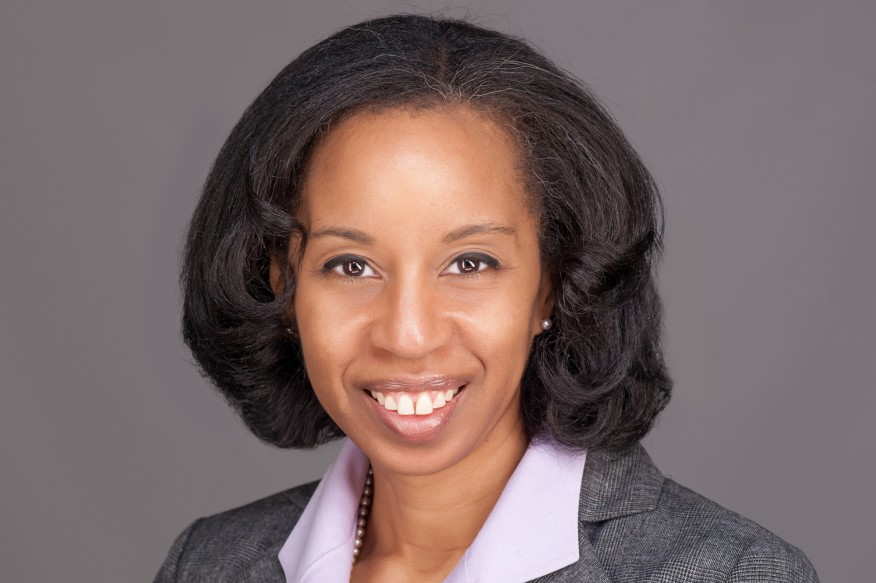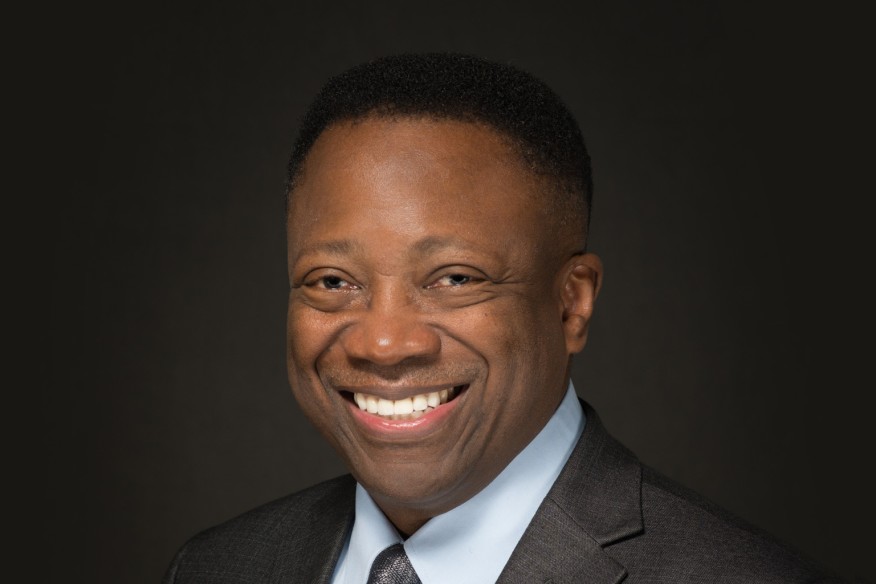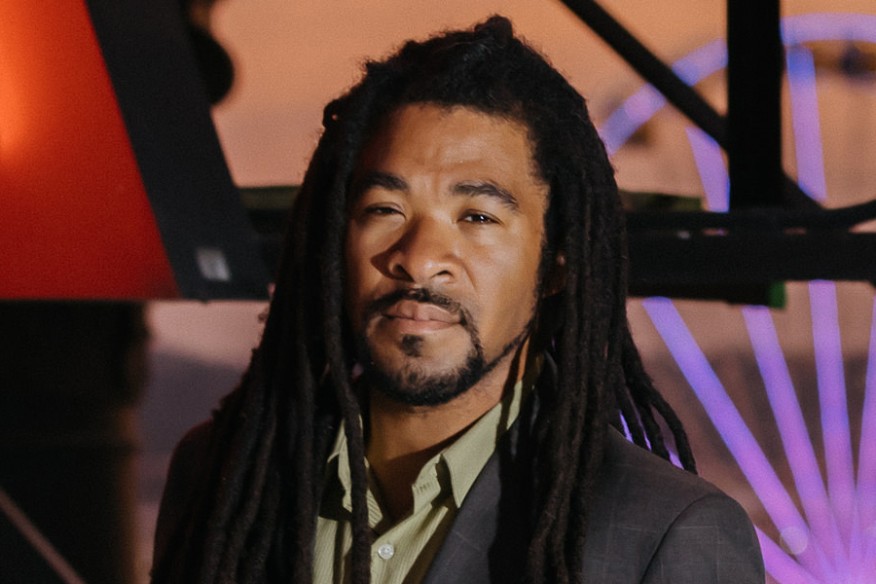Each submission gets timestamped with EST time and gets a unique identifier
assigned, example:
S10056


by: Wanda Lau, Architect Magazine
ARCHITECT asked a dozen designers of color to share what would convince them that the recent calls and vows to improve diversity, equity, and inclusion in the AEC sector would lead to meaningful, lasting change.
In response to the recent, sustained calls to improve diversity, equity, and inclusion in the AEC sector, ARCHITECT asked 12 thought leaders from across the country to weigh in on what meaningful, actionable change can look like for the profession. We asked each participant the following two questions with the option to add whatever else they wanted the profession to hear.
principal, K. Dixon Architecture, Washington, D.C.

What will convince you that this call for change is different?
We need to put on different lenses to see the change that is happening, as well as the change that is not happening as quickly as we would like. Over my nearly 30 years of experience, I’ve watched change occur at a slow but steady pace; diversity within senior management at large national firms has gone from nonexistent to somewhat more regular, accepted, and desirable. Decades ago, African American architects had few options but to strike out on their own when no firms would hire them. Now they are being hired by the major firms, and a few are even promoted to executive levels. This is encouraging, although many regional and mid-sized firms still lack any diversity in senior management or among their design studio staff.
Architecture is not a prominent career goal for African American children; otherwise, the industry would have more African American representation. To increase diversity—and the number of African American architects—the notion of becoming an architect must take root early in K–12. It must be elevated alongside the notions of becoming a professional athlete or entertainer.
Long-term and sustained change looks toward the pipeline of emerging professionals. Efforts must be taken to ensure to encourage youth to pursue it as a college major. Moreover, young people need to be mentored and supported starting from architecture school all the way to the licensing exam. NOMA’s Project Pipeline and the SOUL of Shelter multimedia project, which I’m currently involved with, were established to increase the awareness of the architectural profession and ultimately increase numbers of African American and BIPOC architects. For nearly 15 years, the Black Women in Architecture Network has organized the Riding the Vortex seminar to highlight Black women and their voices in the profession. The rules for entering the field of architecture are no different for African Americans than for any other ethnic group in America. We just need to inspire young people to pursue such a wonderful career path.
What actions have effected real change?
The percentage of African American architects in the U.S. has remained flat for more than 30 years, at just approximately 2% (2,325 of 116,242, according to the 2020 NCARB by the Numbers and the Directory of African American Architects. In both the medical and legal professions, this percentage is approximately 5%. Our discipline is well behind.
For years, the medical profession has kept demographic records and statistics on the numbers of individuals in medical school and those licensed as physicians. The industry made it a goal to track and increase the numbers of minority professionals. Between 2008 and 2018, the number of Black/African American physicians in the U.S. increased by 53%, from 29,775 to 45,534, according to the Association of American Medical Colleges. The leading collateral organizations for the architectural industry have not made a concerted effort to record, track, and analyze, and increase the numbers of licensed African American/BIPOC architects in the profession. The entire industry must focus on this goal if any significant change in the number of African American architects is going to occur.
founder and principal, HamiltonAnderson, Detroit

What will convince you that this call for change is different?
I have been in the profession for 41 years. I will need to see and experience majority individuals and companies extending an open hand and invitation to become part of the larger network of business opportunities. Opportunities to design projects in leadership roles must be made available in order for African-American architects to advance and build wealth. We must go far beyond the tokenism of offering a small percentage of a project to architects of color while majority firms control the project direction.
What actions have effected real change?
We have had the pleasure and fortune to have MGM Resorts as a client for almost two decades. MGM Resorts’ leadership embraced diversity and inclusion long ago, from the bottom to the top, and promotes without compromise this mission in all that they do. As a global enterprise, it recognizes that the world—and its clientele—is multicultural and multinational. We hope that more international and national companies begin immediately to adopt policies and practices to engage with more minority- and women-owned companies.
What else do you want to add?
The horrific murder of George Floyd showed the world in 8 minutes and 46 seconds the gruesome nature of indoctrinated racial discrimination. Now the world—people of all races, cultures, and beliefs—are protesting for equity, justice, and an end to white privilege. This is a turning point for the United States and other countries. Hopefully, we the human race can adjust to become far more accepting and loving of one another. This is my prayer for humanity.
principal, DLR Group, Seattle

What will convince you that this call for change is different?
We will only experience a difference in the profession when we have a long-term, sustained effort in examining bias, acknowledging institutional racism, and identifying how to break down the barriers that inhibit students and practitioners in BIPOC communities from having a more prominent presence and voice in our profession. This work will take years of effort. Decades.
SoCalNOMA has created a DEI challenge for its local design community to begin to bridge the wide gap of unequal investment in our BIPOC communities and people of color. This work can serve as inspiration and a guide to develop a national social justice built environment pledge to which all firms can commit. This pledge could be similar to the International Living Future Institute’s JUST program, but needs to focus not only on internal firm equity and social justice metrics. This pledge should also track what our firms are doing externally to support BIPOC communities and measure our investments in the educational pipeline to ensure that we create a profession of practitioners that is far more diverse than what we see today. The AIA needs to lead this charge in partnership with our ally organizations. Overall, the industry needs to pivot toward communities of color. We are richness of culture. We are value. We are heart. As a nation, we cannot be successful until we achieve justice for our BIPOC communities.
What actions have effected real change?
Meaningful change can only begin by looking inward, taking stock of our current position, and accepting and owning the data uncovered in that exploration. Some firms have begun using the Intercultural Development Inventory to assess their practices’ cultural competency, to identify where they fall on the continuum from denial to adaptation, and to begin to create diversity, equity, and inclusion frameworks that support strategies for reform, investment, and growth. All firms need to do this work. The Memorandum of Understanding between AIA and NOMA needs to be adopted and understood by all of our member firms. They should also be required to invest in education that introduces architecture to students at the K–12 and college levels and to support a BIPOC community of young leaders to move and grow into leadership positions across the AEC professions.
As NOMA Chapters across the nation develop DEI challenges that focus on recruiting, retaining, and building truly diverse teams to execute meaningful, culturally significant work, our AIA member firms need to accept the challenge, take the pledge, and do the hard work to make the AEC practice reflect the diversity of the communities we serve.
What else do you want to add?
Personal and firm accountability are required in order to sustain substantive change. Just like the environmental sustainability movement, a new movement to support social sustainability should form. We are at crisis. Difficult discussions must take place in order to confront implicit biases against our BIPOC communities. Systems are only tools. We need people to change. We can’t rid ourselves of systemic racism until we change the hearts and minds of those who have the power to change those systems.


Each submission gets timestamped with EST time and gets a unique identifier
assigned, example:
S10056


Your ID: S12312312






This notification means your entry was sent successfully to the system for review and processing.
If you have any further questions or comments, reach out to us via the main contact form on the site
Have a great day!







New to NOMA?
Create your account
Already have an account?
Sign in

Not A NOMA Member? Click Here!
Create your account
